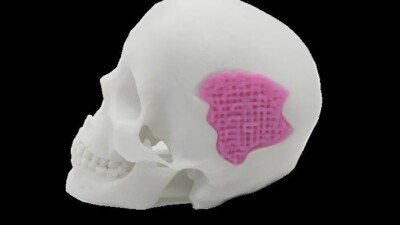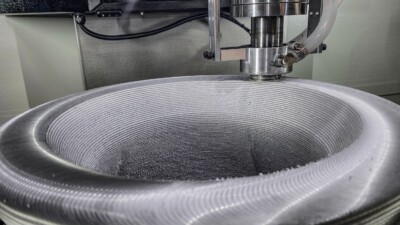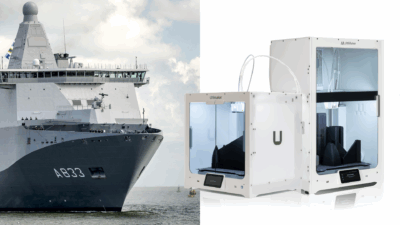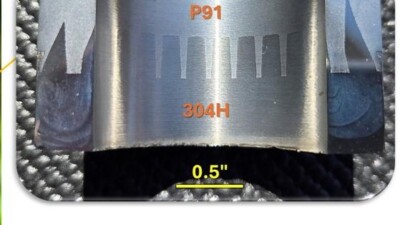RMIT University engineers develop titanium alloys with uniform grain structure at 29% reduced cost.
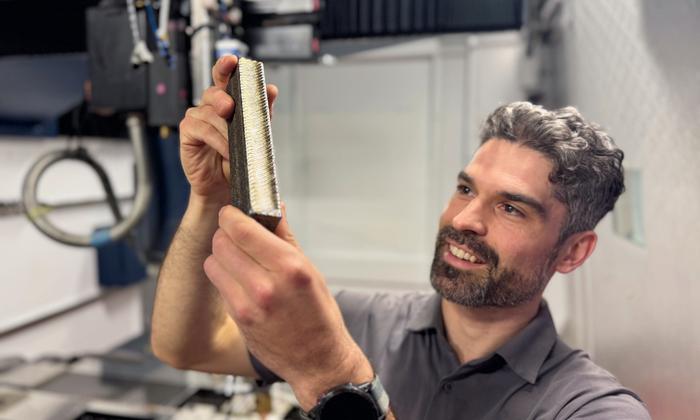
One of the most promising areas of innovation for metal additive manufacturing (AM) is in alloying, specifically using directed energy deposition (DED) to mix multiple feedstock materials together, resulting in novel compositions as well as functionally graded materials.
The latest example of this comes from a team of engineers at RMIT University in Australia. They claim to have found a way to replace vanadium with less expensive alternatives to produce a 3D printed titanium alloy that’s nearly one third less costly than Ti-6Al-4V. Not only that, the new alloy is also reportedly stronger and show better mechanical performance than its conventional counterpart.
“3D printing allows faster, less wasteful and more tailorable production yet we’re still relying on legacy alloys like Ti-6Al-4V that doesn’t allow full capitalization of this potential,” said Ryan Brooke, a PhD candidate at RMIT who led the research. “It’s like we’ve created an aeroplane and are still just driving it around the streets.”
Brooke and his colleagues credit their innovation – for which RMIT has already filed a provisional patent – to a new method for selecting elements for alloying as well as a framework for predicting the 3D printed gain structure of metallic alloys in DED.
Together, this approach has yielded a less expensive alloy that prints more evenly, avoiding the column-shaped microstructures that can lead to inconsistent mechanical properties in additive metal parts.
“By developing a more cost-effective formula that avoids this columnar microstructure, we have solved two key challenges preventing widespread adoption of 3D printing,” said Brooke. “We have been able to not only produce titanium alloys with a uniform grain structure, but with reduced costs, while also making it stronger and more ductile.”
The researchers are currently seeking partners to provide guidance for the next stages of development. Their findings are published in the journal Nature Communications.
